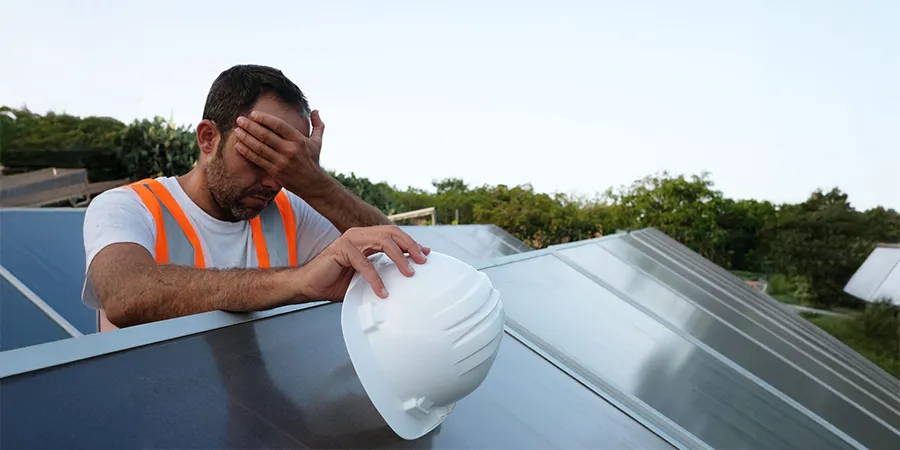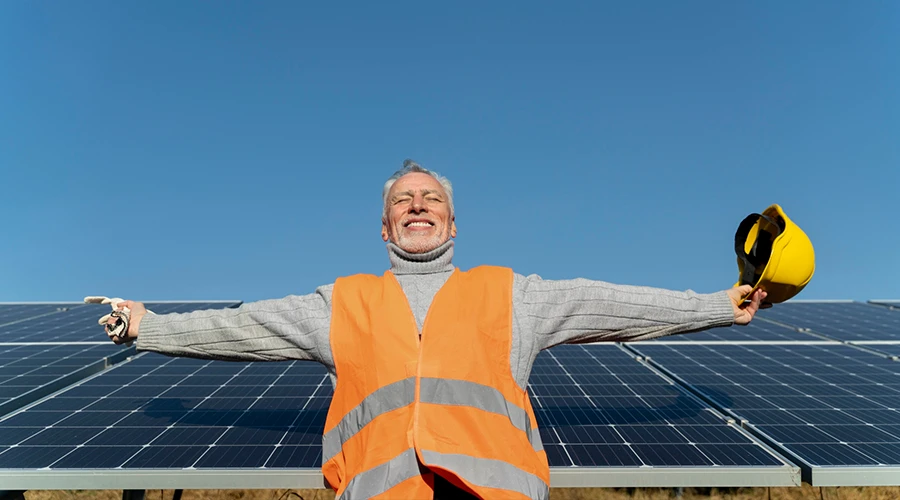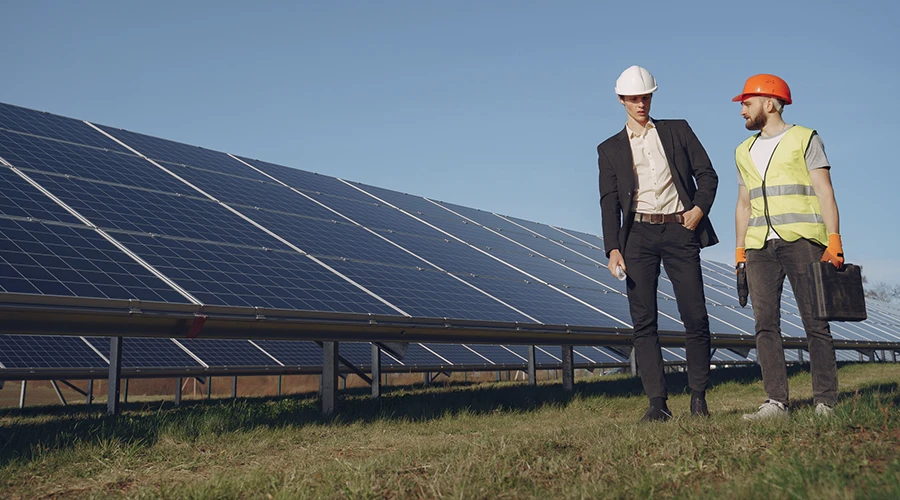Don’t Ignore the Signs of a Solar System Not Performing Sunshine Coast
If your solar system isn’t performing the way it used to (or even in the way you expect it to), then, you’re not alone. Solar panels are incredibly reliable, but they still need to be checked and maintained. On the Sunshine Coast, factors like weather, salt air, and ageing inverters can all impact how well your system is working.
Let’s look at why your solar system might not be delivering the output you hoped for, and how you can fix it before it costs you more on your power bill.
- You’re Looking at the Wrong Time of Day or Season
Solar systems generate different amounts of electricity depending on time of day and time of year. It’s normal to see much lower output in winter, or on overcast days. But even in summer, solar generation peaks around midday and drops early in the morning or late afternoon.
Tip: Look at average daily production over a whole month. This gives a better picture of your system’s overall performance.
- Undersized or Outdated System
The first solar panel systems installed several decades ago were much smaller than today’s average setups. Many were just 1.5 to 3kW. Technology has come a long way since then, and a similar-sized investment today can get you a much bigger, more efficient (and cheaper) system.
If your current system was installed 10+ years ago, it likely wasn’t designed with today’s energy demands in mind. Almost all the houses I go to on the sunny coast all have air conditioning, appliances, and computer systems… and a growing number have at least one electric vehicles.
Pro tip: Consider upgrading to a larger system or adding battery storage so you can maximise self-consumption and reduce reliance on the grid.
- Something’s Wrong with the Inverter
The inverter is the heart of your system. It converts the sun’s energy into usable electricity.
If your inverter has failed, is in fault mode, or has flashing red or orange lights, your panels might still be producing power… but here’s the kicker, those lights could mean that none of that power is being used.
Don’t Wait to Act
Inverter issues can snowball fast.
📞 Call SWIFT Solar and Electrical for a fast inspection and diagnosis. We’ll do our best to get your system checked within 48 hours.
3. The System Is Dirty or Shaded
Dust, grime, mould, bird droppings, or overgrown trees can reduce panel efficiency by 10–30% or more.
Even a small patch of shade on one panel can affect the performance of the entire string.
What to do about dirty and shaded panels:
• Gently clean panels with water and a soft brush
• Trim overhanging branches
• Check roof for leaves, debris or mould build-up
• Never climb on a roof or hose panels from the ground. Don’t take risks. Get a pro in if you’re unsure
4. Ageing or Damaged Panels
Most panels degrade over time and lose a bit of efficiency each year.
But if your system is over 8–10 years old, or was installed with older tech or budget panels, it may be struggling to keep up with current demand or expectations.
You may also have micro-cracks or cell damage that isn’t visible to the naked eye but drastically reduces output.
5. Faulty Wiring, Connectors or Mounting Hardware
Loose connections, corrosion, or worn-out components can create electrical resistance. All these things can cost you power.
These faults aren’t always obvious and often require a licensed solar electrician to inspect. If your system was installed a decade ago or wasn’t maintained regularly, it could be time for a full audit. Call us and we’ll be there to help you out.
6. Monitoring Gaps
Without monitoring, you may not even realise your system is underperforming. Many older systems lack smart monitoring tools, so issues can go unnoticed for months. These days you’ll undoubtedly have an app so you can check your system whenever you want.
Pro tip: Upgrade to a smart monitoring system that tracks production and usage in real time. These systems can send alerts when your solar output drops unexpectedly which will give you a chance to act before it hits your energy bills.
✅ Solar Health Checklist
Here’s a handy checklist I give our customers to work out how well their system is working. Now you can assess your solar system’s performance. Check:
✅ Inverter light is green or functioning normally
✅ No flashing warning lights or error codes
✅ Recent production reports match average for your system size
✅ No visible shade or dirt on panels
✅ No tripped circuit breakers or safety switches
✅ You’re getting expected savings on your energy bill
✅ Your system is less than 10 years old and has been serviced
When to Call in a Pro
If you’ve checked everything you can and your solar system is still underperforming, it’s time to bring in a licensed solar electrician. At SWIFT Solar and Electrical, we specialise in solar inspections, system repairs, and upgrades for homes across the Sunshine Coast.
Pro tip:
If your solar system isn’t performing, it doesn’t always mean starting over. Often, a simple inspection and targeted fixes can restore lost output. With the new 2025 Federal Battery Rebate, it’s also the perfect time to reassess whether your system is sized correctly for your current energy needs.
We’d love to answer any questions you have about getting solar panel systems (maybe even with batteries!) installed at your place. Call SWIFT Solar and Electrical on 0402 251 734 or book a solar health check online. Isn’t it time you got the most out of your investment?



